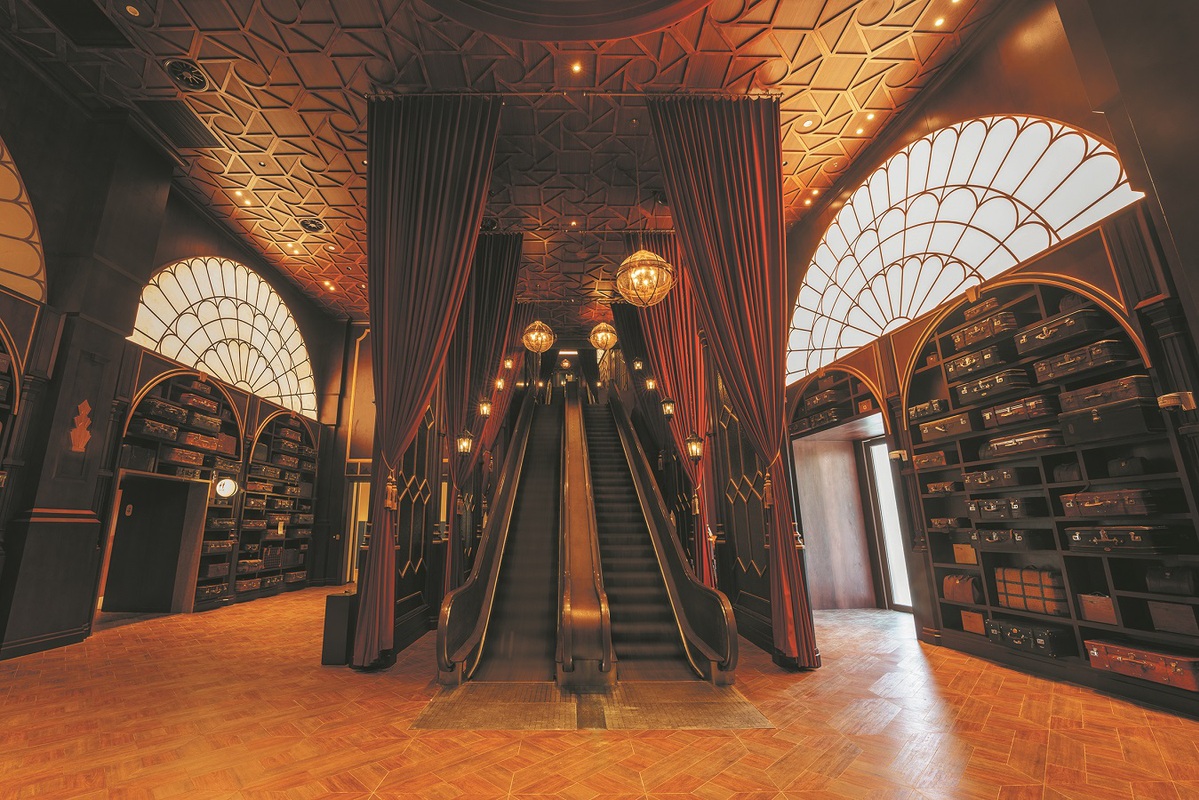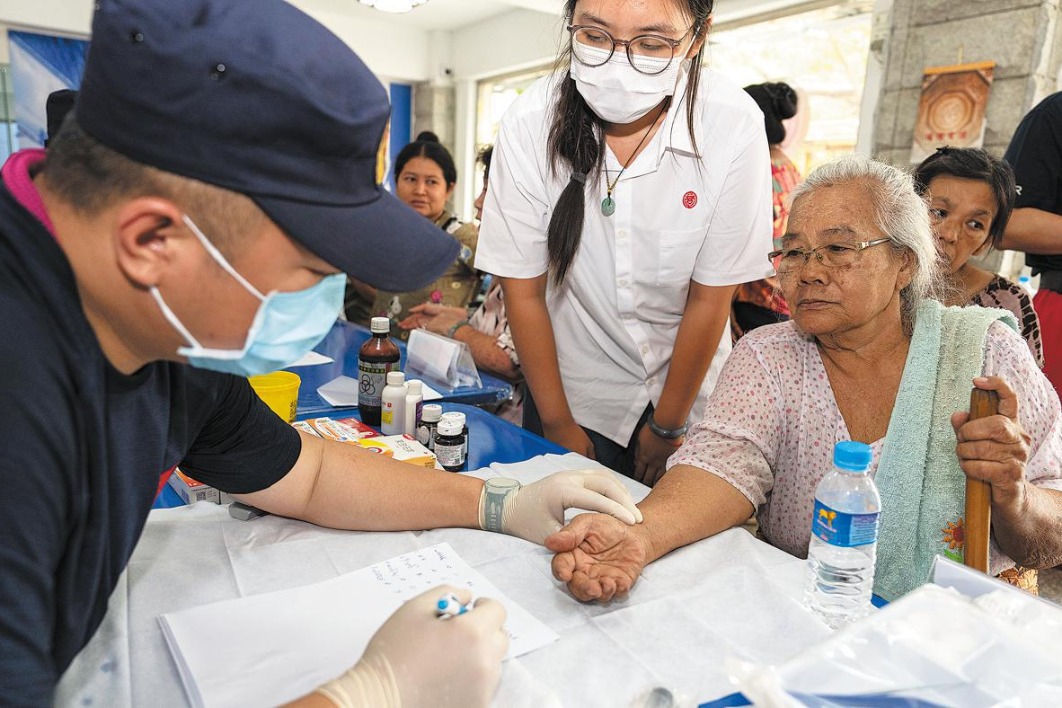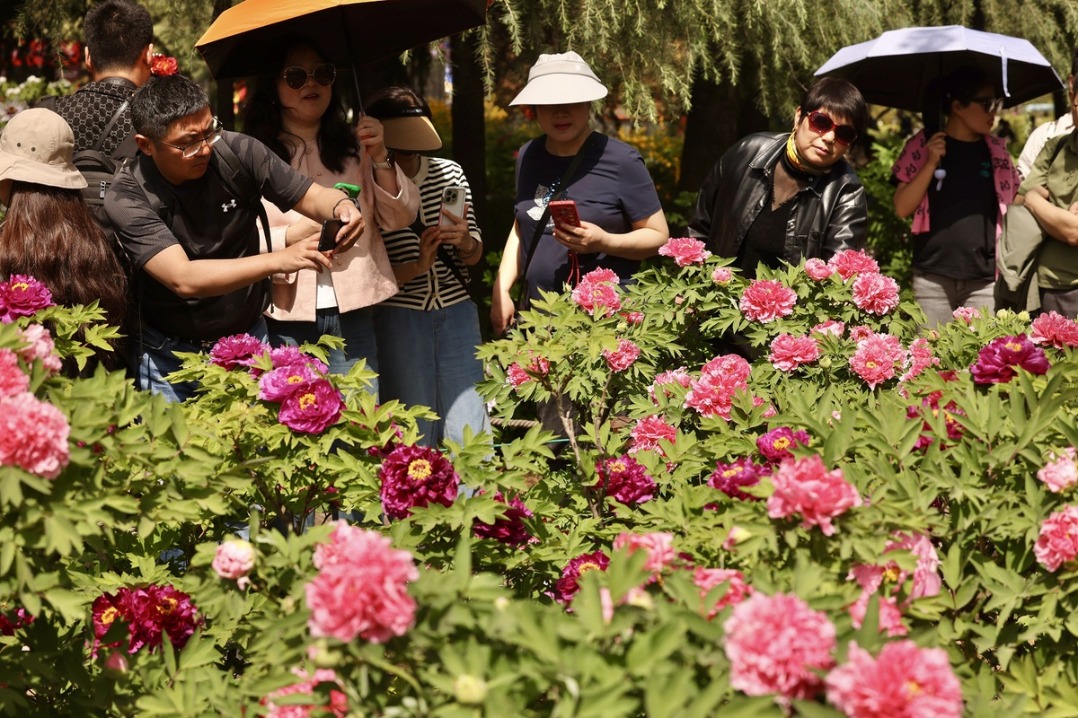Immersive theater opens new worlds for audiences, industry
Shift toward 'experience economy' creating exciting opportunities, expert says


Human connections
At the New World immersive theater performance in Shanghai's Songjiang district, the audience follows more than 40 actors through "four mansions" over six hours to experience an anti-war story based on the War of Resistance Against Japanese Aggression (1931-45).
"The first half's investigative part offers brilliant actor interactions, while the second half weaves 10 storylines across complex spaces," said Zhang Min, a 28-year-old audience member. "The climactic battle scene, with its synchronized lighting and fireworks, brought me to tears."
Technology enriches these experiences in novel ways. At Le Bal de Paris (Paris Ball), virtual reality amplifies human connection as guests don motion-tracked gowns to waltz with hologram partners.
"If the audience feels present in a work, they will definitely feel immersed. We use VR technology specifically to enhance that sense of connection," said Weng Shihui, the show's Chinese producer.
While VR can sometimes feel isolating, Le Bal de Paris creates a warm, communal experience through technology, she said. Audiences see their own virtual bodies and those of other participants, select from haute couture virtual outfits and dance with real performers in a shared virtual space.
"Our audience ranges from eight years old to septuagenarians. They embrace this shared dreamscape. Shanghai audiences? They're insatiably curious," Weng added.
Wu, the associate professor, said immersive audiences aren't defined by age, but by curiosity. "They include digital natives seeking interaction, the new middle-income group pursuing spiritual enrichment, and culturally savvy retirees looking for new forms of engagement."























